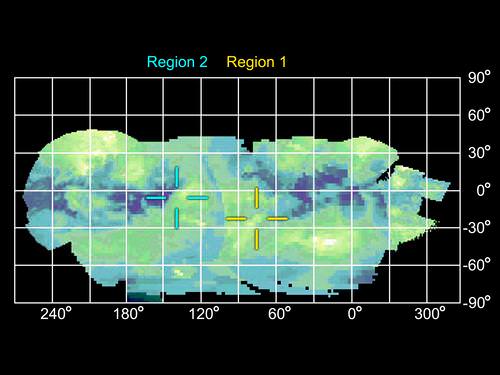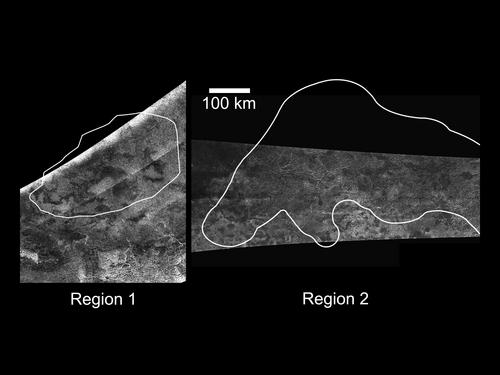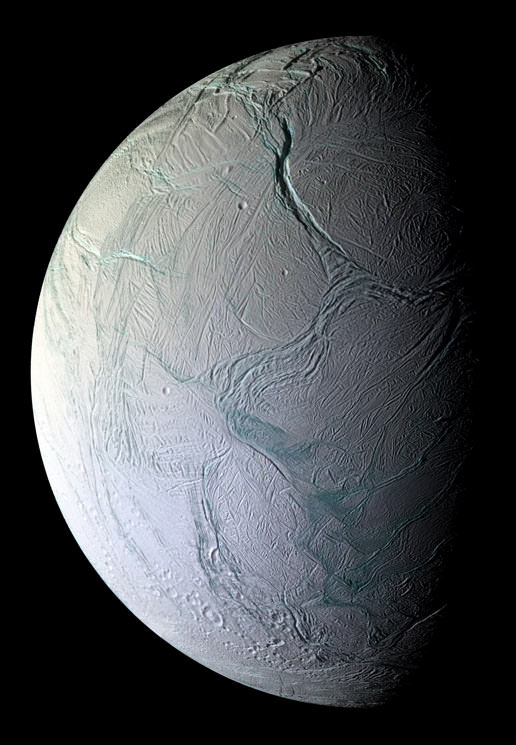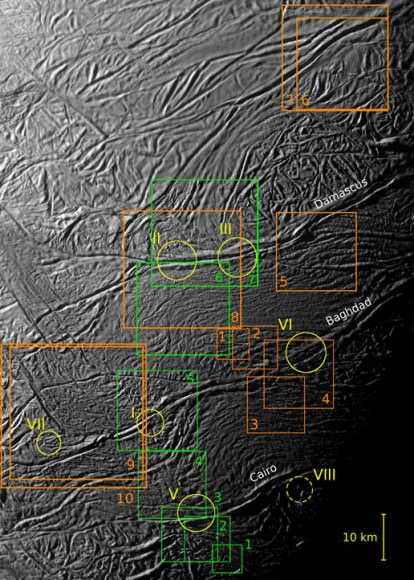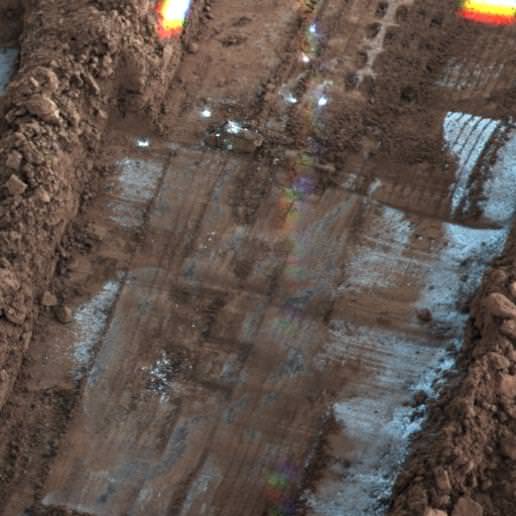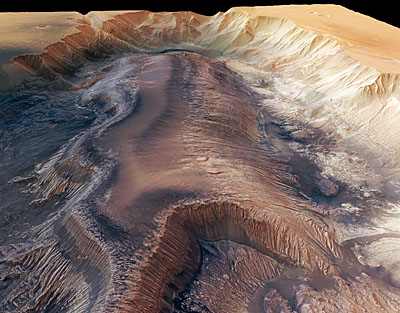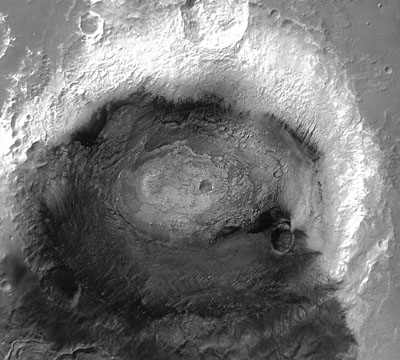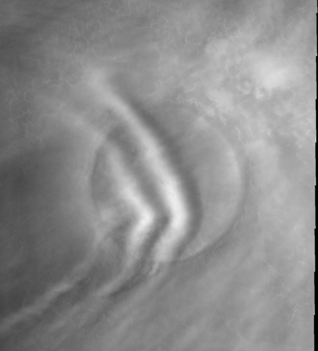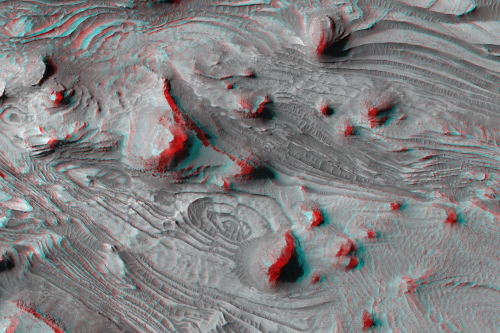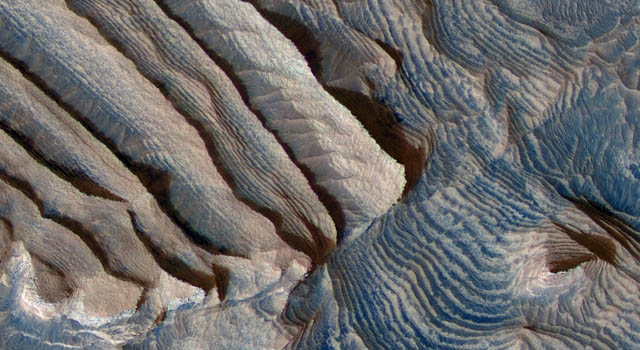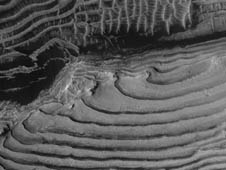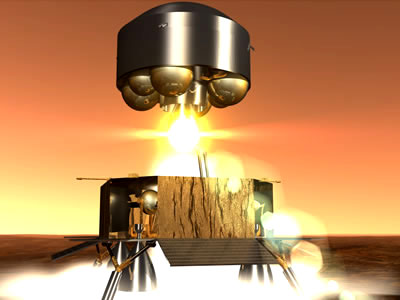[/caption]
When you throw a ball up into the air, you expect gravity will eventually slow the ball, and it will come back down again. But what if you threw a ball up into the air and instead of coming back down, it accelerated away from you? That’s basically what is happening with our universe: everything is accelerating away from everything else. This acceleration was discovered in 1998, and scientists believe “dark energy” is responsible, a form of repulsive gravity, and it composes a majority of the universe, about 72%. We don’t know what it is yet, but now, for the first time, astronomers have clearly seen the effects of dark energy. Using the Chandra X-ray Observatory, scientists have tracked how dark energy has stifled the growth of galaxy clusters. Combining this new data with previous studies, scientists have obtained the best clues yet about what dark energy is, confirming its existence. And there’s good news, too: the expanding Universe won’t rip itself apart.
Previous methods of dark energy research measured Type Ia supernovae. The new X-ray results provide a crucial independent test of dark energy, long sought by scientists, which depends on how gravity competes with accelerated expansion in the growth of cosmic structures.
“This result could be described as ‘arrested development of the universe’,” said Alexey Vikhlinin of the Smithsonian Astrophysical Observatory in Cambridge, Mass., who led the research. “Whatever is forcing the expansion of the universe to speed up is also forcing its development to slow down.”
Vikhlinin and his colleagues used Chandra to observe the hot gas in dozens of galaxy clusters, which are the largest collapsed objects in the universe. Some of these clusters are relatively close and others are more than halfway across the universe.
The results show the increase in mass of the galaxy clusters over time aligns with a universe dominated by dark energy. It is more difficult for objects like galaxy clusters to grow when space is stretched, as caused by dark energy. Vikhlinin and his team see this effect clearly in their data. The results are remarkably consistent with those from the distance measurements, revealing general relativity applies, as expected, on large scales.
Previously, it wasn’t known for sure if dark energy was a constant across space, with a strength that never changes with distance or time, or if it is a function of space itself and as space expands dark energy would expand and get stronger. In other words, it wasn’t known if Einstein’s theory of general relativity and his cosmological constant was correct or if the theory would have to be modified for large scales.
But the Chandra study strengthens the evidence that dark energy is the cosmological constant, and is not growing in strength with time, which would cause the Universe to eventually rip itself apart.
“Putting all of this data together gives us the strongest evidence yet that dark energy is the cosmological constant, or in other words, that ‘nothing weighs something’,” said Vikhlinin. “A lot more testing is needed, but so far Einstein’s theory is looking as good as ever.”
These results have consequences for predicting the ultimate fate of the universe. If dark energy is explained by the cosmological constant, the expansion of the universe will continue to accelerate, and everything will disappear from sight of the Milky Way and its gravitationally bound neighbor galaxy, Andromeda. This won’t happen soon, but Vikhlinin said, “Double the age of Universe from today, and you will see strong affect. An astronomer would say this may be a good time to fund cosmological research because further down the road there will be nothing to observe!”
Vikhlinin’s paper can be found here.
Source: Chandra Press Release, press conference


